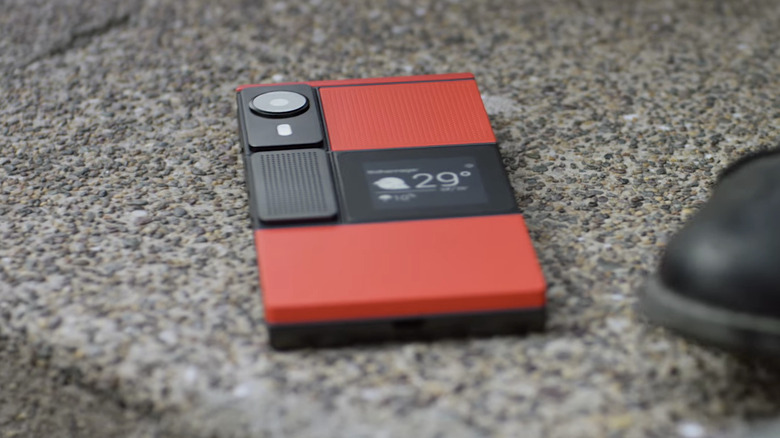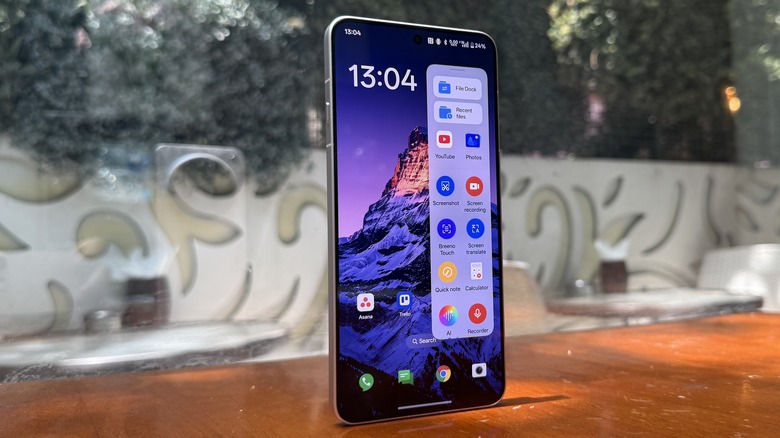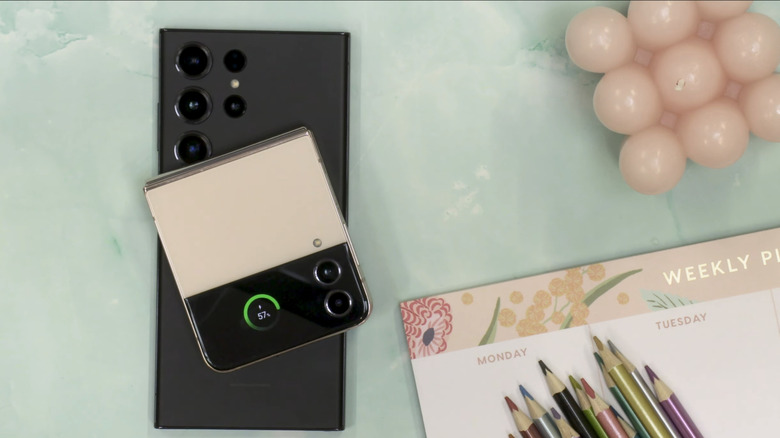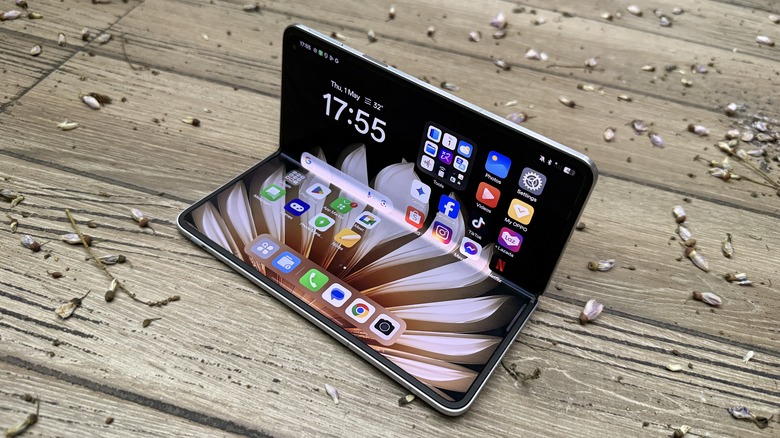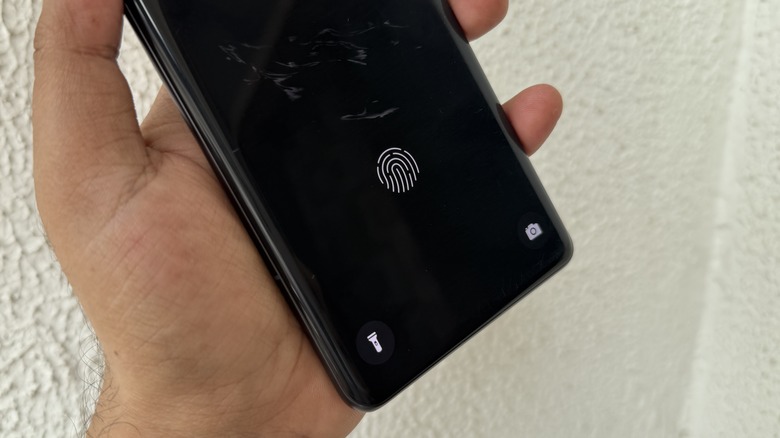The 5 Worst Smartphone Trends Of The Past Decade
Over the past few years, the smartphone industry has made some fantastic advancements. Camera sensors have grown bigger to reach the 200-megapixel mark with 10x optical zoom outputs. Mobile silicon, like the M-series processor inside iPads, can make quick work of media editing and graphics-intensive games. The OLED panels are getting stronger and more vibrant with each new generation.
Not all experiments, however, have reaped positive results. Some quickly died as short-lived fads, while a few others held immense promise but never got off the ground at a meaningful scale. A few trends that seem like an evolution, but offer more practical hurdles than collective convenience. For example, nearly every brand is now forcing AI to click and edit pictures, robbing them of their natural charm.
The industry also reached a stage where alternative operating systems, such as Windows Phone and Firefox OS, landed on the scene while promising a bright future, but ultimately withered away. In the past decade, the smartphone industry has delivered some wonderful products, but at the same time, it has also produced a few items that were either doomed from the get-go or simply refused to die off despite practical concerns. Listed below are five such trends that either died a quick death or persist as a haunting specter of modern technology.
The quest for modular phones
On paper, this is a fantastic idea. Unfortunately, the promises made were too ambitious, even before the trend could take off. Israeli company Mode waves with the concept of a tiny modular phone that would fit inside different jackets with functional parts, such as a camera and music player speakers. Motorola also tried its hand with the Moto Mods concept and expanded it across three generations of Moto Z phones, offering everything from battery packs and JBL speakers to a full-blown projector.
In 2013, Dave Hakkens pushed the envelope further with the Phonebloks concept, which took modularity to the next level. For the camera, Wi-Fi, Bluetooth, or battery, a replaceable block was assigned to each component, ensuring that a phone is never truly obsolete. Technical and funding challenges killed the project before it even took off. The idea, however, got a realistic push from Google and its doomed Project Ara platform.
Google's idea involved physical pin contacts and a base for fitting blocks in designated spots. Google developed two generations of hardware platforms and a Developer Edition ahead of a planned pilot test. However, in 2016, the company confirmed that Project Ara is going to the famed Google Grave.
The idea is still kicking. HMD is trying to keep the vision alive with a system of Smart Outfits and has even open-sourced the toolkit for DIY enthusiasts. However, unless a brand ensures cross-generation support and a robust modular kit ecosystem, the idea will again turn into vaporware sooner rather than later.
The race to thin bezels
For nearly a decade, the smartphone industry has waged a war on bezels, and to this day, we can see social media comparisons detailing the thickness of black boundaries around a phone's screen. It's interesting because the dreamy all-screen look has already been achieved and subsequently abandoned. Remember the OnePlus 7 Pro with its seamless curved screen, or the waterfall display by Oppo?
In reality, these bezel-less screens look lovely in person, but they are a practical nightmare. To begin with, they require more engineering resources, which increases the cost. Second, they are more prone to damage, especially the screens with curved sides. Finding a screen protector for such panels is already a hassle, and they are more expensive to repair, as well. Experts also suggest that phones with thin bezels and sloping sides are most susceptible to damage.
There are also practical problems. Over the years, palm rejection tech has matured, but the problem has not been addressed fully. To this day, I run into random scenarios where it takes an extra swipe, or two, or an in-hand adjustment because a healthy portion of the lower-right edge is in contact with my palm area.
It becomes even more problematic in games where one wrong move can lead to disaster. Only a few brands let users adjust the inactive screen for games to avoid ghost touches, and none of them are mainstream. I'd pick symmetrically sizeable bezels any given day over asymmetrically thin phone borders.
Reverse wireless charging
Reverse wireless charging is a neat convenience, and I'm glad to see it appear on phones and accessories such as wearables. I loved that I could charge my Galaxy Watch by just placing it over the phone. However, as convenient as it all sounds, there are a few caveats. First, reverse wireless power share doesn't work across protective cases, so you will have to take the case out every time you want to juice up your earbuds. Second, not all accessories support wireless charging.
You will have to fork out a premium for earbuds with a case that allows wireless charging. You also have to ensure that the surface of your phone's rear shell and the accessory are flat so that the contact above the charging coil is stable and there's no movement. Of course, you can't see notifications on the screen in that state, so there's that. The most complex part? Reverse wireless charging is not universally compatible with phones and accessories across all brands.
You have to play that game within an ecosystem. It's also slow and leads to heating. Smartphone batteries have come a long way in terms of charging pace and capacity, but they still haven't solved the fundamental problem of heating and the electrochemical damage it does. Simply put, high temperatures are not good for battery health in the long run. This applies to smartphones as well as accessories with Lithium-ion batteries.
In a nutshell, it's as cumbersome as it is convenient.
Foldable phones
I love foldable phones, but it's no different to my crippling love for caffeine. They serve a purpose, but they also come with their fair share of compromises. Foldable phones are expensive, and deservedly so. In getting one, you also have to make a few compromises, such as sub-par battery mileage, underwhelming cameras, and poor heat dissipation. However, the biggest challenge is their fragility and astronomical repair costs.
There are so many ways they can take damage compared to an average slab-style phone. Let's start with the screen. The cost of replacing the inner flexible screen module is $549 on the Samsung Galaxy Z Fold 6. A quick look at Reddit and other user forums suggests that users often run into scenarios where the inner flexible panel breaks, even without dropping or any harsh contact. I've personally run into two such instances across different brands where the inner display either grew a dark line or refused to fully open.
The underlying hinge parts are also quite fragile, and even a minor misalignment due to bumps and accidental drops can lead to pricey issues. When I investigated these issues, I realized that even Samsung's certified repair and servicing team is aware of these issues. Unfortunately, there's no easy way around such damage. I've seen third-party repair work on damaged foldable phones. It looks botched at first glance. There is barely any reliable warranty on such work, and the whole hack job just creates more problems in the long run.
In-display fingerprint scanners
In-display fingerprints are a cool idea, but non-uniform execution and inherent issues make them somewhat of a liability. Now, they come in two flavors. The first one is the faster ultrasonic type sensor on high-end phones. The other one is the optical type, which is slower and has security risks. In 2023, a research paper published by the Association for Computing Machinery Journal highlighted an electromagnetic (EM) side channel technique that captures signals generated during the unlock process to create images and develop 3D fingerprint pieces. These can be used to spoof the in-display sensor and unlock smartphones.
In addition to security, there are a few other problems. First, the position of in-display fingerprint sensors varies depending on the brand you pick. On some phones, it's positioned uncomfortably close to the lower edge, so you'll need to make in-hand adjustments before your thumb can rest straight in the scan zone. Second, the unlocking pace, especially for the optical sensors, is slower compared to physical sensors that used to appear at the back of phones or embedded in the power button.
More importantly, in-display fingerprint sensors come with their own repairability baggage. A quick look at the official product forums of Samsung, Google, and OnePlus reveals a pattern of non-functional fingerprint scanners after a screen replacement, even if the servicing was done at an official outlet. Comparatively, 3D face scans or physical fingerprint sensors on the side deliver a more practical biometric authentication experience.

